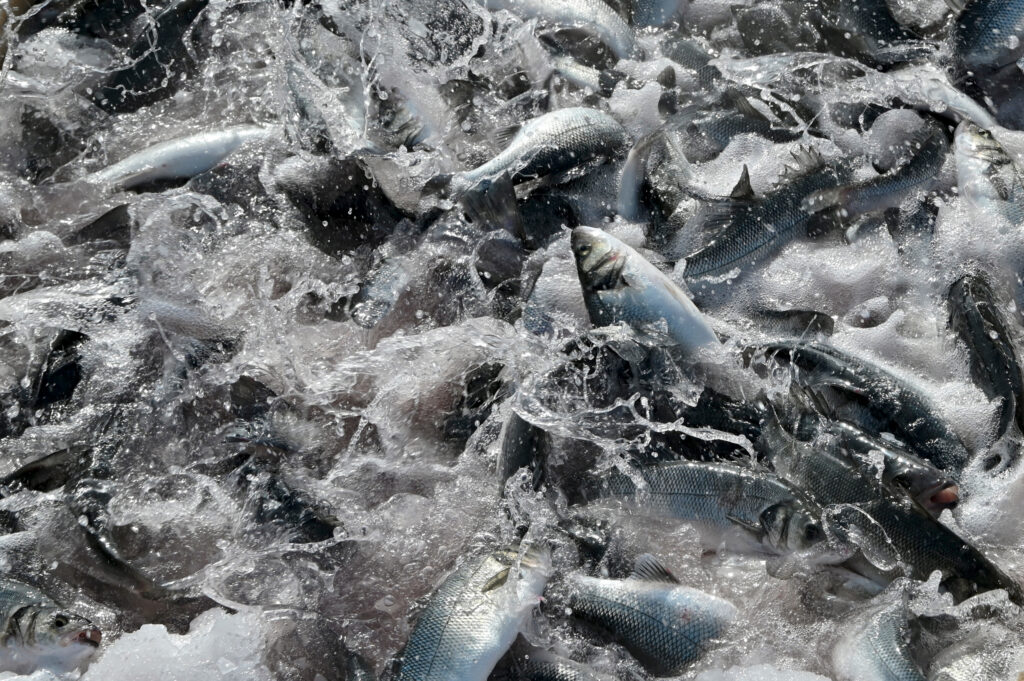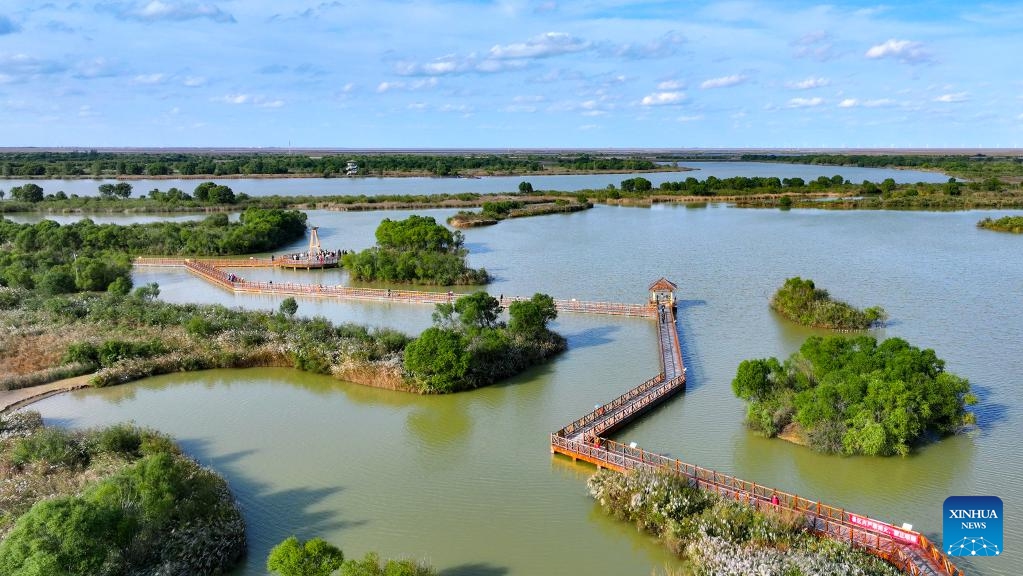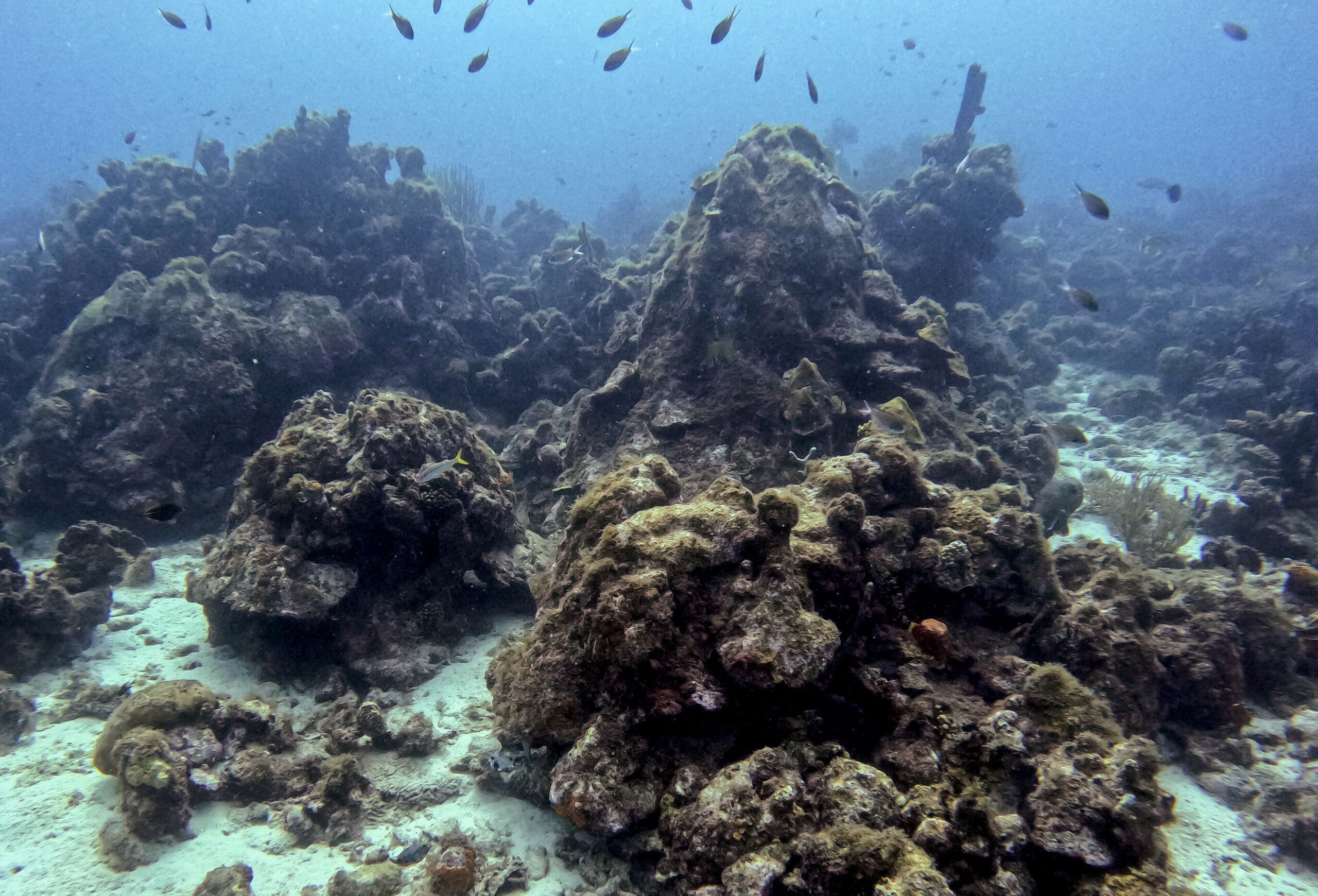Florida’s iconic corals declared ‘functionally extinct’ after catastrophic heatwave – Key Biscayne Independent

Report on the Functional Extinction of Florida’s Corals and Implications for Sustainable Development Goals
1.0 Executive Summary
A 2023 marine heatwave has resulted in the functional extinction of Florida’s iconic staghorn and elkhorn corals. This ecological catastrophe represents a significant setback for several United Nations Sustainable Development Goals (SDGs), particularly SDG 14 (Life Below Water) and SDG 13 (Climate Action). This report details the scientific findings of the event and outlines the urgent need for integrated conservation and climate strategies to mitigate further ecosystem collapse and achieve SDG targets.
2.0 Event Analysis: The 2023 Marine Heatwave
The record-breaking oceanic heatwave during the summer of 2023 caused catastrophic losses to Florida’s Coral Reef. The event’s severity is a direct consequence of climate change, highlighting a critical challenge to the objectives of SDG 13 (Climate Action).
- Unprecedented Temperatures: Heat stress levels were the highest recorded in over 150 years, persisting for two to three months.
- Extreme Heat Exposure: Heat exposure levels were calculated to be 2.2 to 4 times greater than in any previous recorded year.
3.0 Impact on Sustainable Development Goals
The collapse of these keystone coral species has profound and detrimental implications for multiple SDGs.
3.1 SDG 14: Life Below Water
The event marks a critical failure in conserving and sustainably using marine resources. The functional extinction of these corals directly contravenes the objectives of SDG 14 to protect marine and coastal ecosystems.
- Biodiversity Loss: The study documented mortality rates of 98–100% for staghorn and elkhorn corals in the Florida Keys and Dry Tortugas.
- Ecosystem Collapse: As primary reef-building species, their loss means they no longer perform their vital role in sustaining the reef ecosystem, a key target of SDG 14.
3.2 SDG 13: Climate Action
The coral bleaching event is a direct manifestation of unchecked climate change. The research concludes that ocean warming is now surpassing the thermal limits of entire coral populations, underscoring the urgent need for global action to reduce greenhouse gas emissions as mandated by SDG 13.
3.3 SDG 11: Sustainable Cities and Communities
The loss of these corals compromises the resilience of coastal communities, undermining progress toward SDG 11.
- Loss of Coastal Protection: Elkhorn coral, in particular, provides critical protection for coastlines against storm surges and flooding.
- Increased Vulnerability: The degradation of this natural infrastructure increases the vulnerability of coastal settlements, challenging the aims of SDG 11 to create safe and resilient communities.
4.0 Scientific Findings and Data
Research published in Science, involving a partnership between institutions such as the University of Miami’s Rosenstiel School, NOAA, and the Shedd Aquarium (a model for SDG 17: Partnerships for the Goals), documented the following:
- Survey Scope: Diver surveys monitored over 52,000 coral colonies across 391 distinct sites.
- Mortality Rates: Catastrophic mortality rates of 98-100% were recorded for staghorn and elkhorn corals in the Florida Keys and Dry Tortugas. Offshore southeast Florida sites showed lower, yet still significant, mortality of 38%.
- Functional Extinction: The report formally declares the species functionally extinct on the state’s reefs, meaning they can no longer fulfill their ecological role, a stage that often precedes global extinction.
5.0 Proposed Interventions and Future Outlook
Achieving the SDGs in the face of this crisis requires immediate and decisive action. The scientific community proposes a two-pronged approach.
5.1 Conservation and Restoration Efforts
These actions align with the targets of SDG 14 to restore marine ecosystems and halt the loss of biodiversity.
- Genetic Preservation: Efforts are focused on safeguarding the remaining genetic diversity of survivors in “gene banks,” including aquarium facilities and offshore nurseries.
- Enhanced Resilience: Restoration must scale up new strategies, such as introducing resilient genetic diversity and manipulating symbiotic algae to improve heat tolerance.
5.2 Global Climate Action
The report concludes that local conservation efforts alone are insufficient. The primary driver of this crisis is climate change, and addressing it is paramount.
- Urgent Emissions Reduction: The study emphasizes that urgent global action to slow climate change, in line with SDG 13, is essential to prevent the total collapse of these critical reef ecosystems.
Analysis of Sustainable Development Goals in the Article
1. Which SDGs are addressed or connected to the issues highlighted in the article?
-
SDG 13: Climate Action
The article directly links the coral devastation to climate change. It repeatedly mentions the “record oceanic heatwave,” “ocean warming from climate change,” and the increasing “frequency and severity” of extreme heatwaves as the primary drivers of the coral bleaching and die-off. The call for “urgent global action to slow climate change” reinforces this connection.
-
SDG 14: Life Below Water
This is the most central SDG to the article. The entire piece focuses on the catastrophic impact on a marine ecosystem, specifically the “functional extinction” of Florida’s staghorn and elkhorn corals. It discusses the health of marine environments, the loss of critical reef-building species, and the consequences for coastal protection, all of which are core components of SDG 14.
-
SDG 15: Life on Land
Although the focus is on a marine ecosystem, SDG 15 is relevant due to its emphasis on halting biodiversity loss and protecting threatened species. The article details the collapse of two “critically endangered” coral species and the urgent need for conservation interventions like “gene banks” to preserve the remaining “genetic diversity.” The concept of “functional extinction” is a direct measure of biodiversity loss and ecosystem degradation, which is a key concern of SDG 15.
2. What specific targets under those SDGs can be identified based on the article’s content?
-
SDG 13: Climate Action
- Target 13.1: Strengthen resilience and adaptive capacity to climate-related hazards and natural disasters in all countries. The article highlights a catastrophic failure in resilience, as the “record-breaking heat triggered catastrophic losses” and ocean warming is “surpassing the thermal limits of entire coral populations.” Efforts to create “resilient genetic diversity” are a direct response to this target.
-
SDG 14: Life Below Water
- Target 14.2: By 2020, sustainably manage and protect marine and coastal ecosystems to avoid significant adverse impacts, including by strengthening their resilience, and take action for their restoration in order to achieve healthy and productive oceans. The article is a case study of the failure to meet this target, describing the “near-total collapse” of the coral population and the loss of its “vital role in building and sustaining the reef ecosystem.”
-
SDG 15: Life on Land
- Target 15.5: Take urgent and significant action to reduce the degradation of natural habitats, halt the loss of biodiversity and, by 2020, protect and prevent the extinction of threatened species. The declaration that staghorn and elkhorn corals are “functionally extinct” and the documentation of “98–100%” mortality rates directly address the themes of this target, showing a severe loss of biodiversity and the imminent threat of global extinction for these species.
3. Are there any indicators mentioned or implied in the article that can be used to measure progress towards the identified targets?
-
Indicators for SDG 13 (Climate Action) and SDG 14 (Life Below Water)
- Ocean Temperature and Heat Stress: The article provides specific data points that can serve as indicators of climate-related hazards. These include: “Temperatures reached the highest ever recorded on Florida’s Coral Reef in over 150 years,” “heat stress persisting for two to three months,” and “Heat exposure levels were 2.2 to 4 times greater than in any previous year on record.” These metrics directly measure the severity of the climate impact on the marine environment.
- Frequency of Bleaching Events: The article notes that this was the “region’s ninth mass bleaching event,” implying that the frequency of such events is a key indicator of declining ocean health and increasing climate stress.
-
Indicators for SDG 14 (Life Below Water) and SDG 15 (Life on Land)
- Species Mortality Rate: The study provides a precise quantitative indicator of biodiversity loss. The finding that “mortality rates for staghorn and elkhorn reached a staggering 98–100%” in the Florida Keys and Dry Tortugas is a direct measure of the impact on threatened species.
- Species Population Status: The declaration of “functional extinction” is a critical qualitative indicator. It signifies that a species no longer performs its ecological role, which is a key measure of ecosystem health and a step before total extinction.
- Ecosystem Survey Data: The methodology of the study itself implies an indicator: “Diver surveys tracked over 52,000 colonies across 391 sites.” The number and health of coral colonies per site is a fundamental indicator for measuring the status of reef ecosystems.
4. Table of SDGs, Targets, and Indicators
| SDGs | Targets | Indicators |
|---|---|---|
| SDG 13: Climate Action | 13.1: Strengthen resilience and adaptive capacity to climate-related hazards and natural disasters. |
|
| SDG 14: Life Below Water | 14.2: Sustainably manage and protect marine and coastal ecosystems to avoid significant adverse impacts. |
|
| SDG 15: Life on Land | 15.5: Take urgent action to halt the loss of biodiversity and prevent the extinction of threatened species. |
|
Source: kbindependent.org
What is Your Reaction?
 Like
0
Like
0
 Dislike
0
Dislike
0
 Love
0
Love
0
 Funny
0
Funny
0
 Angry
0
Angry
0
 Sad
0
Sad
0
 Wow
0
Wow
0














































.jpg.webp?itok=0ZsAnae9#)







:focal(1500,1000)/https://media.globalcitizen.org/a6/9a/a69a4720-d8a1-4715-b596-18738d03c05c/rotary_polio_hero_image.jpg?#)

/countries/sri-lanka/photo-credit---dmc-sri-lanka.tmb-1200v.jpg?sfvrsn=dc298bcc_1#)




















